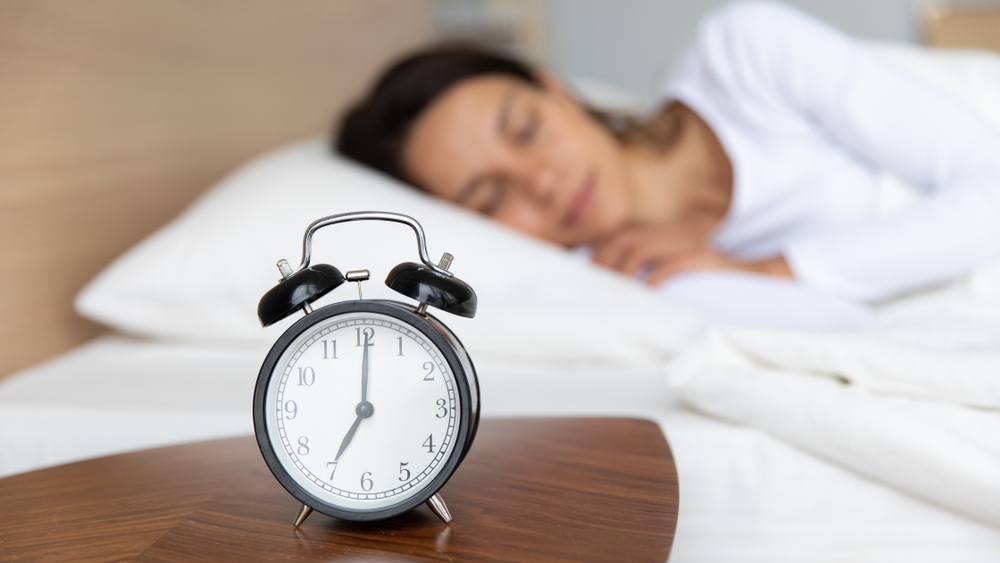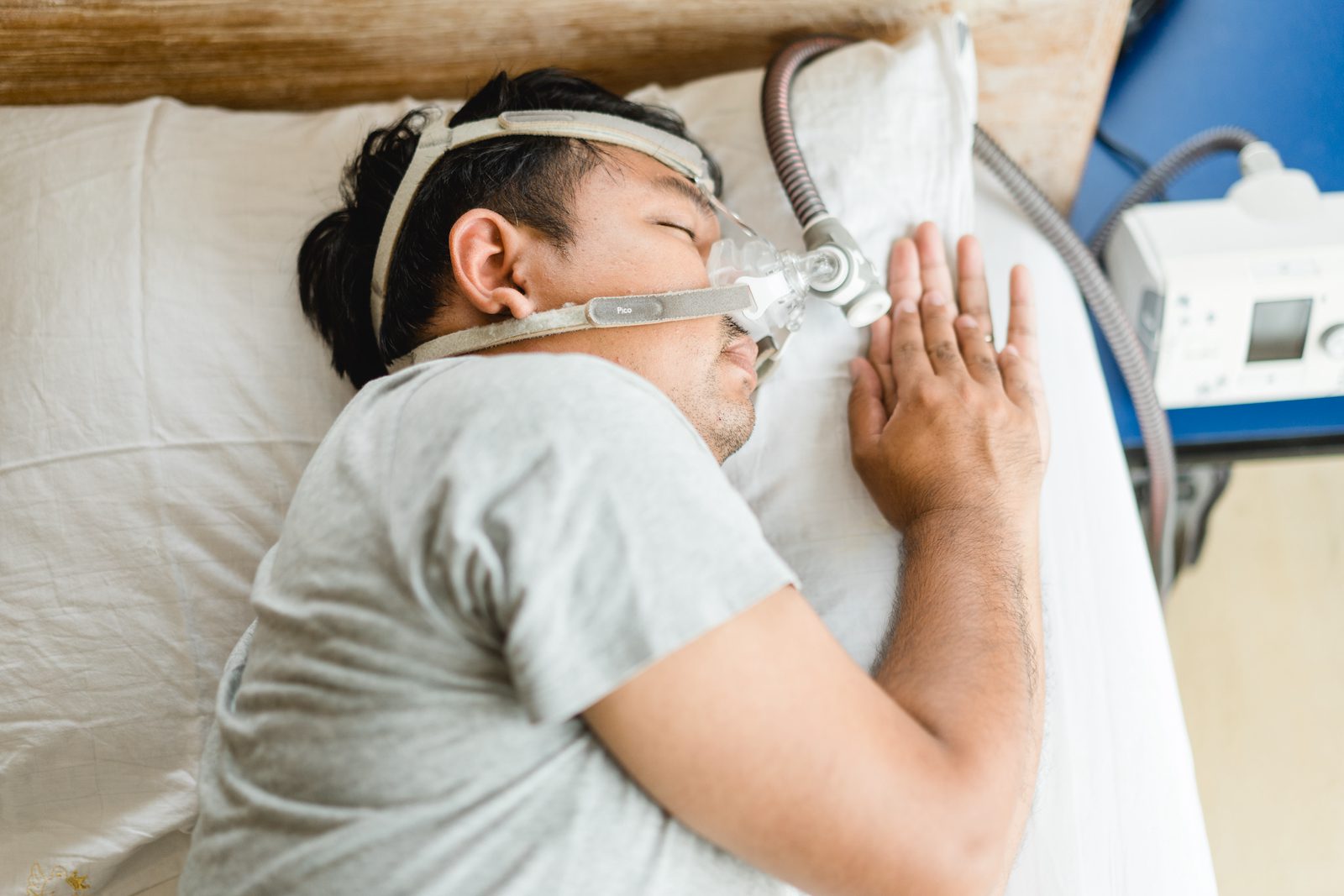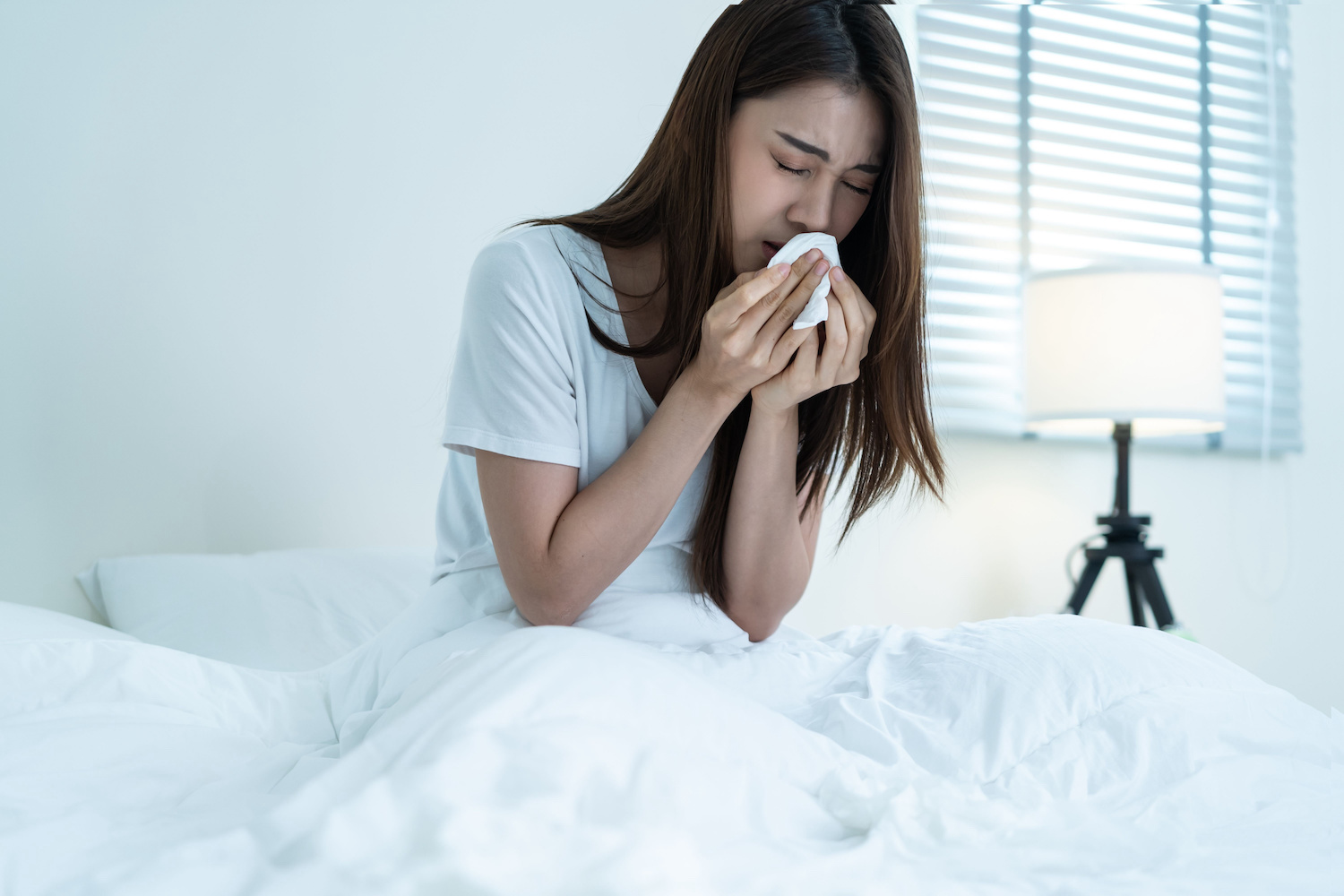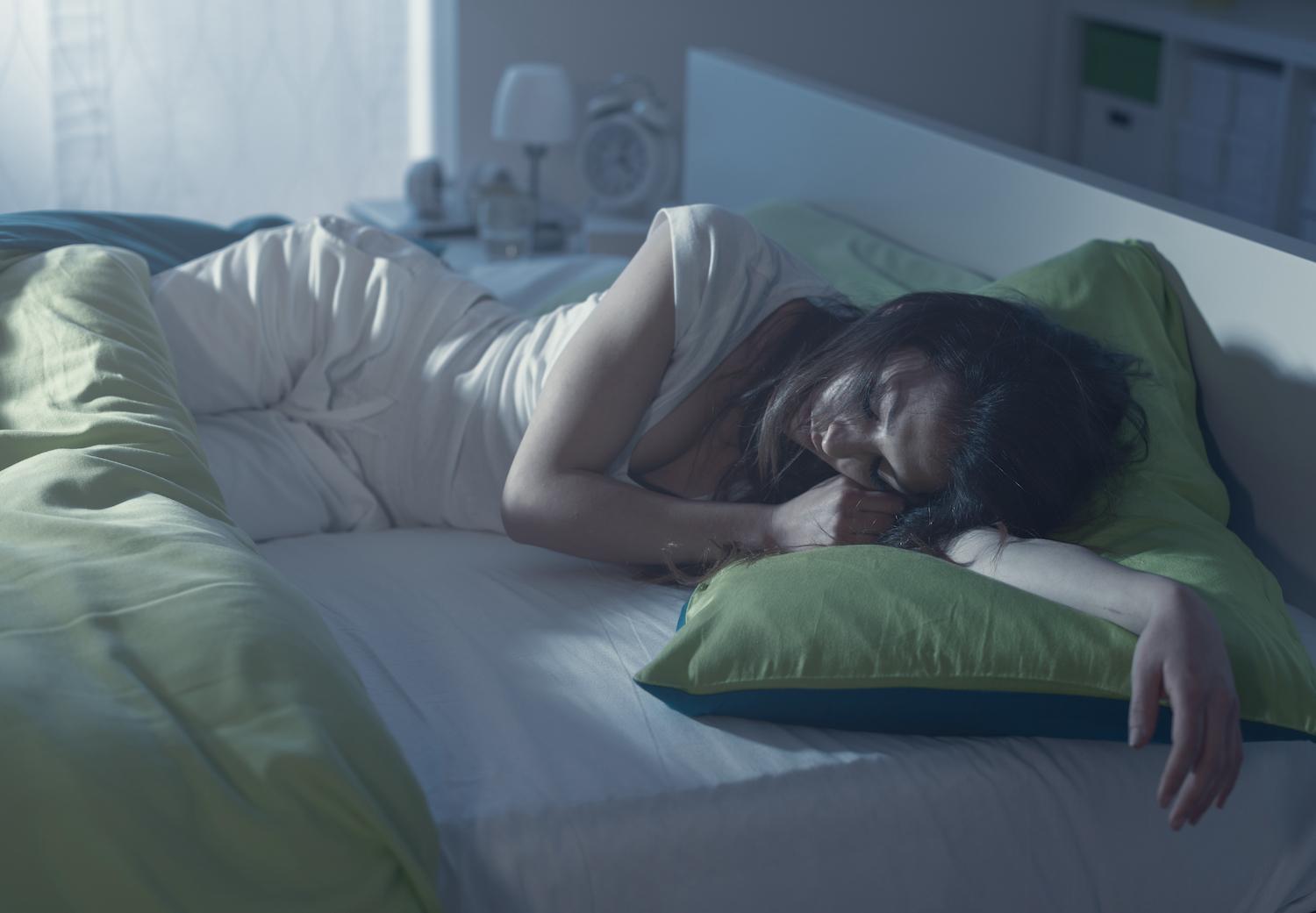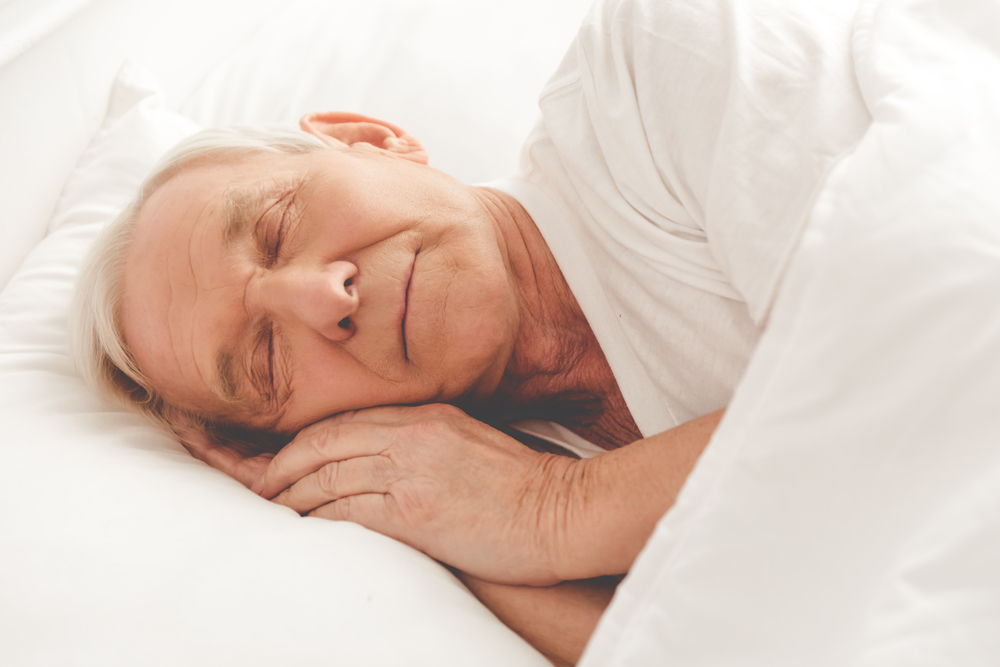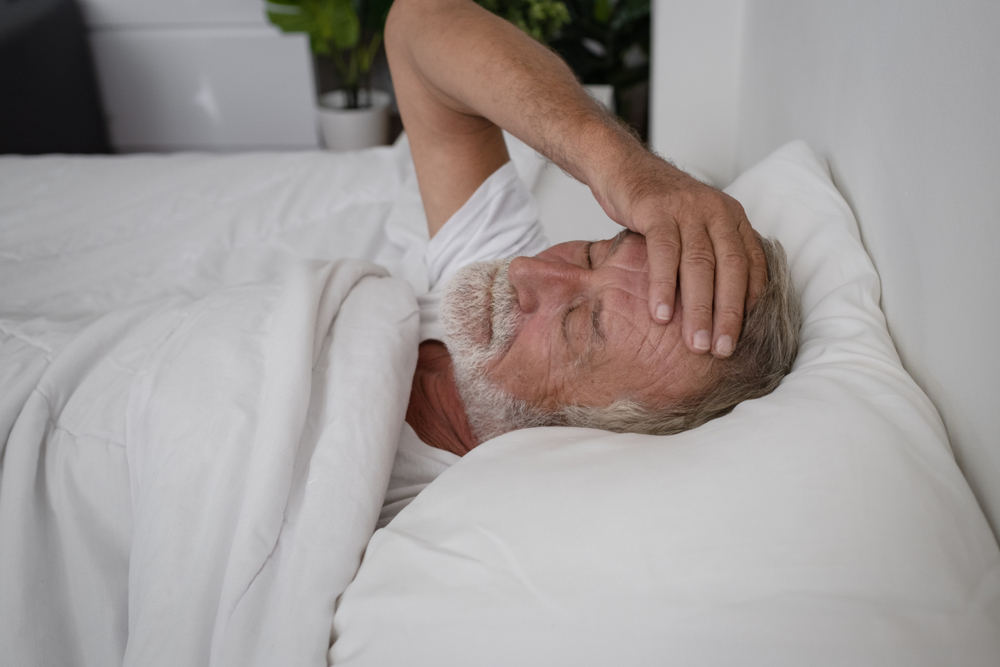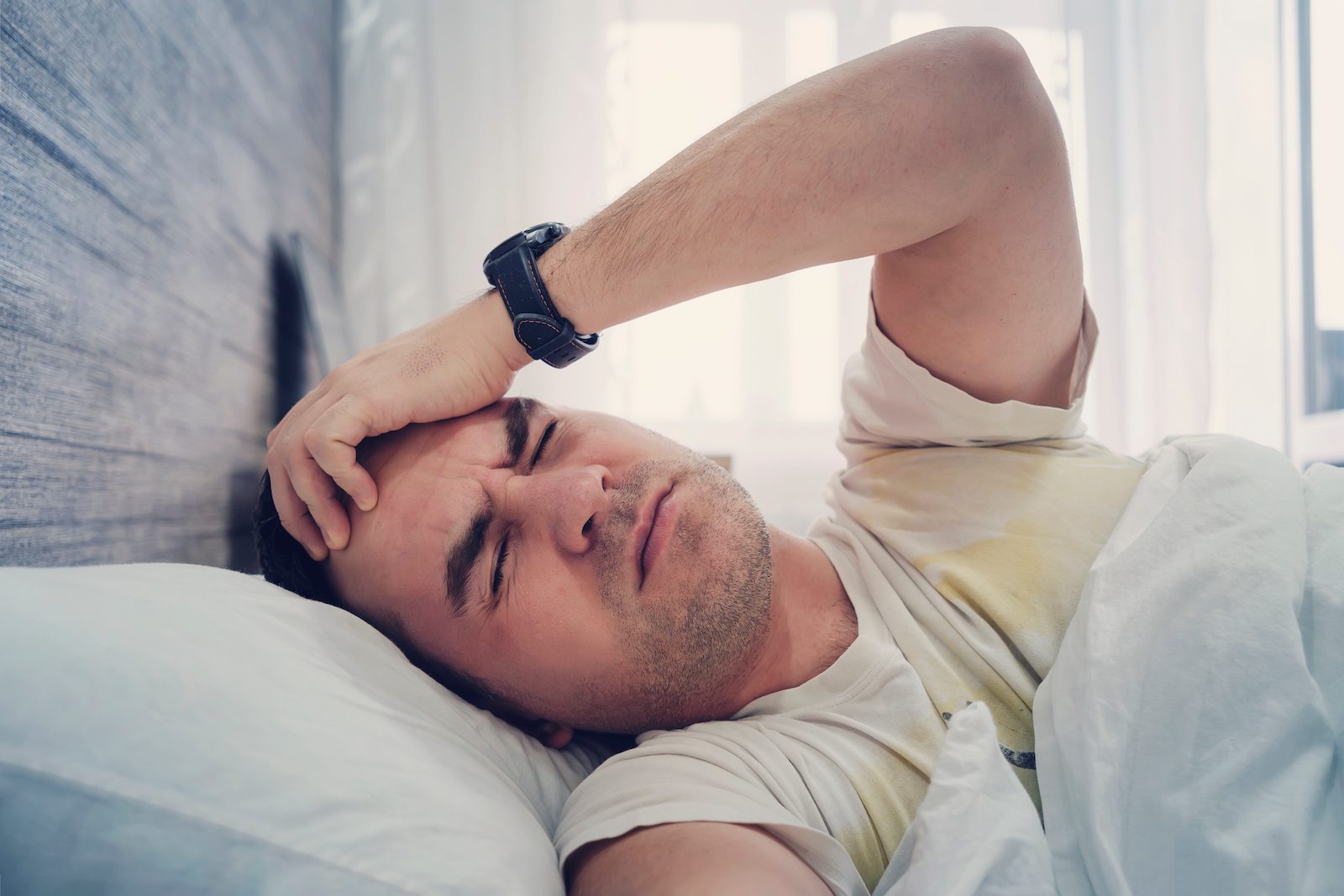Hypoventilation is shallow or slow breathing that prevents a person from getting all the oxygen they need. When this inadequate breathing happens during sleep, the condition is called sleep-related hypoventilation. There are six kinds of sleep-related hypoventilation disorders, all of which have different causes.
In addition to insufficient breathing, sleep-related hypoventilation can cause symptoms such as daytime sleepiness and irregularities in blood pressure, heart rate, and other body functions.
Knowing the types, causes, and symptoms of sleep-related hypoventilation can help you make informed health care choices. We break down the six different sleep-related hypoventilation disorders, discuss steps for diagnosis, and review treatment options.
What Is Sleep-Related Hypoventilation?
Sleep-related hypoventilation is an umbrella term for a group of disorders involving insufficient breathing during sleep. This disordered breathing can occur when a person is sleeping at any time of day or night, including while they nap.
The function of breathing is to take in oxygen and release carbon dioxide (CO2). During hypoventilation, a person’s CO2 levels rise because they do not exhale frequently enough. Hypoventilation increases the risks of a heartbeat that is too slow and of insufficient oxygen and excess acid in the blood.
Types of Sleep-Related Hypoventilation Disorders
Slow or shallow breathing is a common symptom for all six types of sleep-related hypoventilation disorders. However, the causes and risk factors of hypoventilation vary among the different types.
Obesity Hypoventilation Syndrome
Obesity hypoventilation syndrome (OHS) occurs in people with obesity. OHS affects breathing when a person is both awake and asleep, but carbon dioxide buildup often gets worse when a person is sleeping.
90% of people with OHS also have obstructive sleep apnea (OSA), a sleep-related breathing disorder where breathing repeatedly stops or nearly stops due to blockage of the airway. Severe OSA, which involves more than 30 disrupted breathing events per hour, may be a risk factor for developing OHS.
Experts estimate that approximately 0.4% of U.S. adults have OHS. Typically, people develop OHS when they are in their 50s or 60s.
Because of insufficient breathing, people with OHS may sleep poorly at night, especially if they have OSA. They may exhibit daytime symptoms such as fatigue, headaches, and depression. As OHS worsens, it can affect the heart and lead to high blood pressure.
Experts do not know why only some people with obesity develop OHS. Possible factors include impaired lung function, sleep-disordered breathing, and improper signaling from the brain when it regulates breathing.
Congenital Central Hypoventilation Syndrome
Congenital central hypoventilation syndrome (CCHS) is a rare condition, with fewer than 5,000 cases in the United States. The disorder is caused by a gene variant that impairs the nervous system and prevents the body from automatically taking breaths.
The disorder is congenital, which means that people with CCHS are usually born with the condition or develop it shortly after birth. Babies with CCHS take shallow breaths and may have a blue tint to the skin.
Some people with the gene variant do not develop central hypoventilation syndrome until later in childhood or even adulthood. This is known as late-onset central hypoventilation syndrome (LO-CHS).
A person with CCHS may experience decreased body temperature, excessive sweating, and lowered awareness of pain. After adjusting their body position or exercising, they may have a hard time keeping their heart rate and blood pressure at consistent levels.
Less often, a person with CCHS may have digestive issues, eye problems, and learning difficulties. People who develop LO-CHS may have seizures while sleeping, breathing disruptions, and heart failure.
Late-Onset Central Hypoventilation With Hypothalamic Dysfunction
People with late-onset central hypoventilation with hypothalamic dysfunction most often develop the condition after the first two or three years of childhood. Currently, there is limited evidence about how often this condition occurs and the typical outcomes for people with the disorder.
People with the disorder experience hypoventilation and two or more of the following symptoms:
- Obesity
- Increase or decrease in hormone levels caused by problems in the hypothalamus, the brain area that regulates growth and other functions
- Abnormal behavior or mood
- Tumors that begin in nerve cells
Unlike CCHS, this disorder is not caused by a genetic variant. The disorder is also different from OHS because people with late-onset central hypoventilation with hypothalamic dysfunction continue to have breathing problems even after losing weight.
Sleep-Related Hypoventilation Due to a Medication or Substance
Certain medications and substances can affect the body’s natural drive to breathe. When these substances make a person’s breathing slow or shallow when they sleep, they may be diagnosed with sleep-related hypoventilation due to a medication or substance. In some cases, a person with this condition may also experience hypoventilation during the day.
Substances that can trigger this disorder include muscle relaxants, sleep-inducing drugs, opioid pain medications, and some anesthetics. Using these substances together or with alcohol increases the risk for hypoventilation.
By definition, sleep-related hypoventilation due to a medication or substance is not caused by other health conditions. However, people with this condition may also have sleep apnea.
Sleep-Related Hypoventilation Due to a Medical Disorder
When an underlying health issue causes shallow or slow breathing during sleep, it is known as sleep-related hypoventilation due to a medical disorder. Conditions that can cause this include:
- Diseases of the airway or lungs
- Disorders of the chest wall
- Elevated blood pressure in the arteries leading to the lungs
- Conditions affecting the nervous system, including neuromuscular problems
Sleep-related hypoventilation due to a medical disorder is not caused by obesity, genetic mutation, or the use of medications. However, sleep apnea may occur alongside this type of hypoventilation.
Idiopathic Central Alveolar Hypoventilation
Idiopathic central alveolar hypoventilation is insufficient breathing while asleep that has no clear cause or explanation. This disorder is not caused by any medical conditions or medication use. This subtype is also not related to obesity or genetics. This disorder is rare and has not been well-studied.
Common Symptoms of Sleep-Related Hypoventilation
Insufficient breathing, either too slow or too shallow, is the key symptom among all of the different types of sleep-related hypoventilation.
Other symptoms may occur among several kinds of sleep-related hypoventilation disorders.
- High carbon dioxide levels: Because hypoventilation involves slowed breathing, it can cause high levels of CO2 in the blood.
- Low oxygen levels: A common effect of reduced breathing is insufficient oxygen in the blood.
- Bluish skin: Without enough oxygen in the blood, people with hypoventilation may have skin with a blue tinge.
- Shortness of breath: Some people with hypoventilation disorders experience shortness of breath or painful breathing.
- Obstructive sleep apnea and related symptoms: People with a sleep-related hypoventilation disorder may also have OSA and experience its symptoms, including daytime sleepiness, loud snoring, and making choking sounds while sleeping.
What Causes Sleep-Related Hypoventilation?
The causes of sleep-related hypoventilation vary among its different types. For example, a variation in a gene that affects breathing function can cause congenital central hypoventilation syndrome and late-onset central hypoventilation syndrome.
Certain medical disorders, family patterns, and medications can also lead to sleep-related hypoventilation. People with obesity, for instance, are more likely to have obesity hypoventilation syndrome, while people whose parents have CCHS have a higher chance of developing that disorder themselves.
Meanwhile, a mix of drugs or alcohol can increase the risk of sleep-related hypoventilation due to a medication or substance.
Diagnosis of Sleep-Related Hypoventilation
If your health care provider suspects sleep-related hypoventilation, they may begin by giving you a physical exam and discussing your symptoms. Then they may suggest testing to confirm the diagnosis and rule out other disorders.
Testing usually involves a sleep study, which reveals details about your breathing and the way your body functions when you sleep. A sleep study measures brain activity, breathing patterns, muscle movement, and levels of carbon dioxide and oxygen in the bloodstream.
Your health care provider may also request additional testing. When a doctor suspects CCHS or LO-CHS, they may conduct genetic testing. Pulmonary function tests, which measure breathing and lung function when you’re awake, may help the doctor rule out or identify causes of hypoventilation.
Treatment for Hypoventilation
Treatment for hypoventilation often involves treating both the slowed breathing itself and underlying issues that may contribute to the condition. Your health care provider can help you determine what treatments are best for your situation.
Positive Airway Pressure
In some cases, your doctor may recommend positive airway pressure (PAP) therapy as part of your treatment plan. PAP therapy requires wearing a mask that provides a stream of pressurized air while you sleep.
PAP therapy is the initial treatment for obesity hypoventilation syndrome. If you have both OHS and obstructive sleep apnea, your doctor may advise you to use a continuous positive airway pressure (CPAP) device. CPAP provides a consistent amount of air pressure to prevent the airway from closing.
If you have OHS but not OSA, experts typically recommend bilevel positive airway pressure (BiPAP or BPAP). BiPAP provides a stream of air set to a higher pressure when you inhale and a lower pressure when you exhale.
Ventilators
If you struggle to breathe on your own, a ventilator may help you breathe more regularly. A ventilator is often needed to treat congenital central hypoventilation syndrome during sleep. An estimated 15% of people with CCHS also need to use a ventilator while awake.
Ventilators are also frequently prescribed to help treat late-onset central hypoventilation with hypothalamic dysfunction. However, treatment for LO-CHS usually does not require using a ventilator when awake.
Lifestyle and Activity Changes
Depending on the cause of sleep-related hypoventilation, certain lifestyle changes may improve symptoms. For example, avoiding alcohol and certain medications can support the effectiveness of PAP therapy, while using these substances can make hypoventilation worse.
Specific activities pose a health risk to some groups with a sleep-related hypoventilation disorder. Experts recommend that people with CCHS avoid swimming and other activities that require holding the breath unless they are closely supervised. This is because CCHS prevents the brain from recognizing when it is necessary to take a breath.



